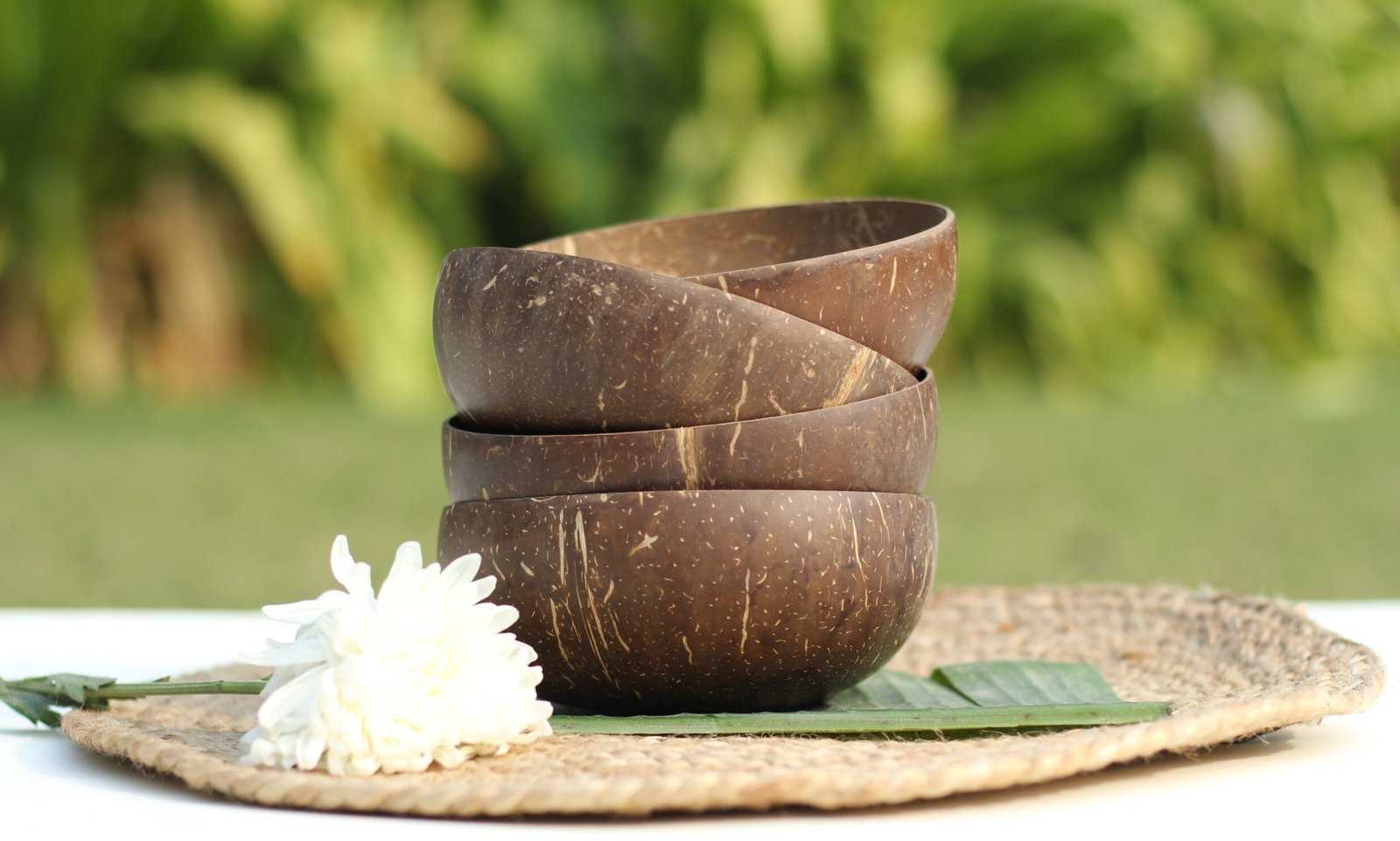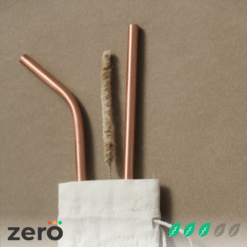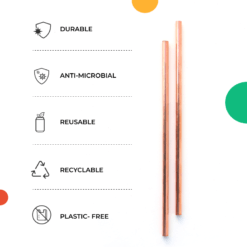Environment, Lifestyle, Sustainability
Are Copper Products Sustainable?
Copper is a reddish, soft, malleable prehistoric elemental metal with the symbol Cu, derived from the Latin word ‘Cuprum’, for Cyprus, an island where the Romans first found it.
It has high thermal and electrical conductivity and has a pinkish-orange shade. Copper is considered to be one of the oldest metals used by humans. It has been mined for around 10,000 years.
It is the 25th most abundant chemical element found in the earth’s crust and is obtained globally, from the Andes mountains of Chile to the Cornish coastline in England.
Advantages of Using Copper Products:
1. Unique Aesthetics:
When it comes to copper and its beautiful unique hue, you must admit, it takes the user back centuries and gives an authentic royal dining experience.
2. Natural and Antibacterial:
Copper, when treated well, turns out to be a very hygienic product to be used, it is a metal, hence it does not tend to be a breeding ground for germs and bacteria unlike wood or other natural products, with proper cleaning and storage, this product can last for a lifetime and turn out to be a worthwhile investment.
3. Safe and Healthy Usage:
Using copper products helps our body parts to function smoothly. Drinking water from copper bottles/ jars is said to have health benefits.
4. Heat conductor:
Copper, being a metal, should not be used inside a microwave oven as it tends to be a good conductor of heat. Avoid using copper straws with hot beverages since they can give you a burn and be a health risk.
5. Durable lustrous beauty:
Copper resists tarnish and corrosion and retains its glaze when properly cleaned and maintained. Avoid using harsh scrubs while cleaning. Hand wash the products with some soap and warm water. Use coir straw cleaners with water and soap to clean the straws from the inside.

Cons of copper products:
1. Soft Material:
Copper is a naturally soft metal which makes it prone to get scratches easily.
2. Leaching Issues:
Copper is a toxic metal that should not be ingested but when used with hot or acidic food products and beverages, it can leach into the food and prove to be harmful to the human
3. Pricey but worth it:
Copper requires some add-ons consisting of the lining of other metals for it to become more durable, resistant, and long-lasting which adds up to some additional processes, and hence, the products turn out to be a one-time investment. These metallic alternates are much more of an eco-friendly option as compared to their plastic counterparts since they are recyclable and reusable.
4. Vintage Feels:
Copper will eventually start getting tarnished, although some users prefer the tarnished look which kind of gives out a vintage-y vibe. For others, the remedy would be to polish your products regularly after consistent use.
5. No need to fuss over the cleaning:
Cleaning copper products is very easy. You must avoid harsh scrubbers. For straws, you can gently use the coir cleaners along with some liquid soap.
6. Changes in colour and appearance:
Heat and humidity can alter the appearance of copper products, especially when not cleaned properly. Copper is a reactive metal and you must always be careful to use it when it comes to acidic foods or liquids like vinegar etc. Acidic items can also lead to the tarnishing of the product quickly and lead to some health issues or side effects when consumed.
What is the rating of Copper on our Sustainability Scale?
We have considered specific factors responsible for making a material a sustainable one and copper stands at 2.5 out of 5!
| Factors | Copper |
| Natural / replenish-able | 0.5 |
| Biodegradable | 0 |
| Recyclable / Reusable | 1 |
| Lifespan | 1 |
| Carbon footprint( Manufacturing ) | 0 |
| Rating out of 5 | 2.5 |
You can compare copper products/ cutlery with other alternatives.
Interesting fact:
Copper holds an unraveled astronomical mystery!
Astronomers have debated about the origin of copper, whether from massive stars on from a type of supernova called the type 1A supernova. They are unsure of the exact process that made the stars produce this peculiar element.











